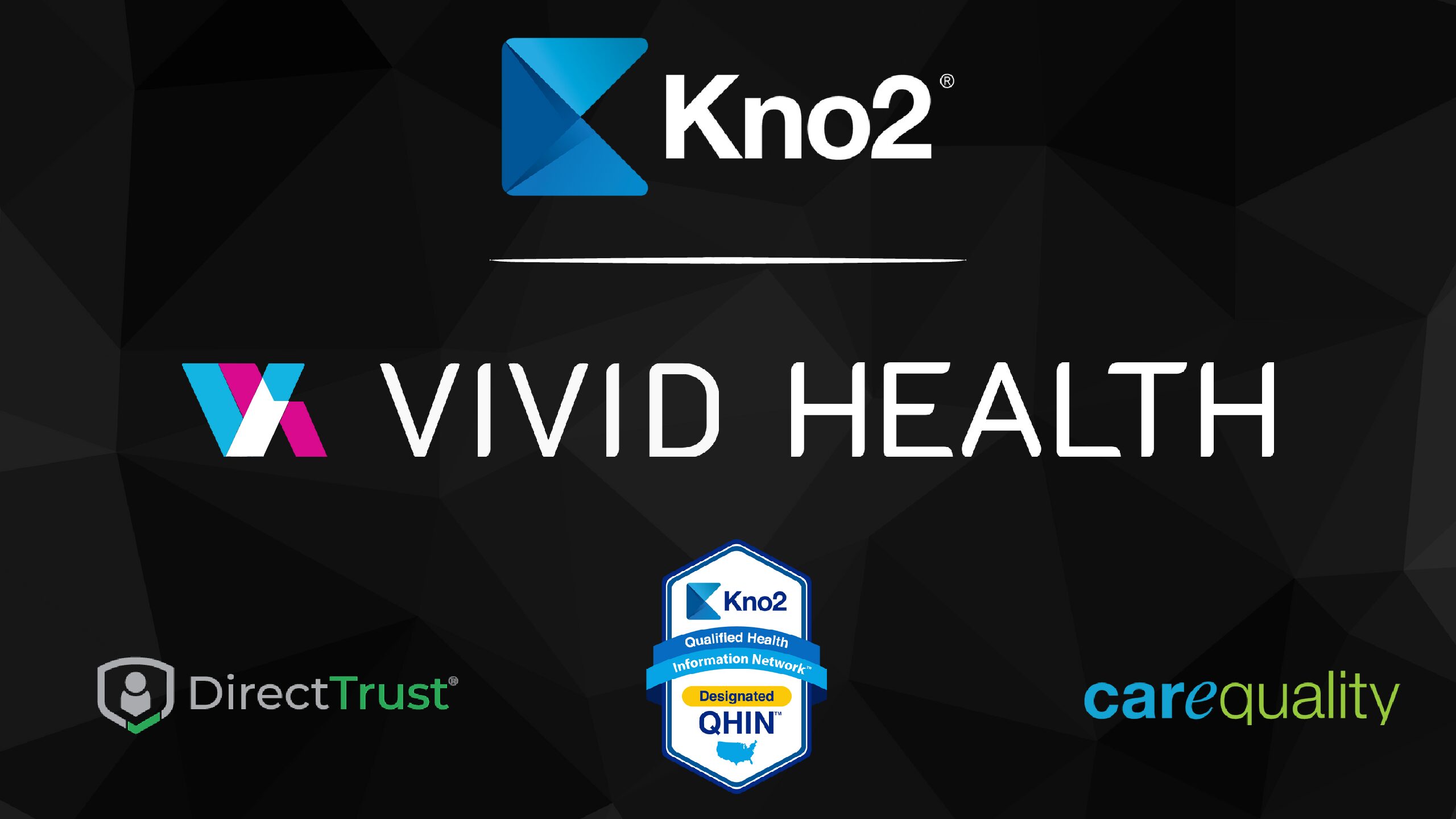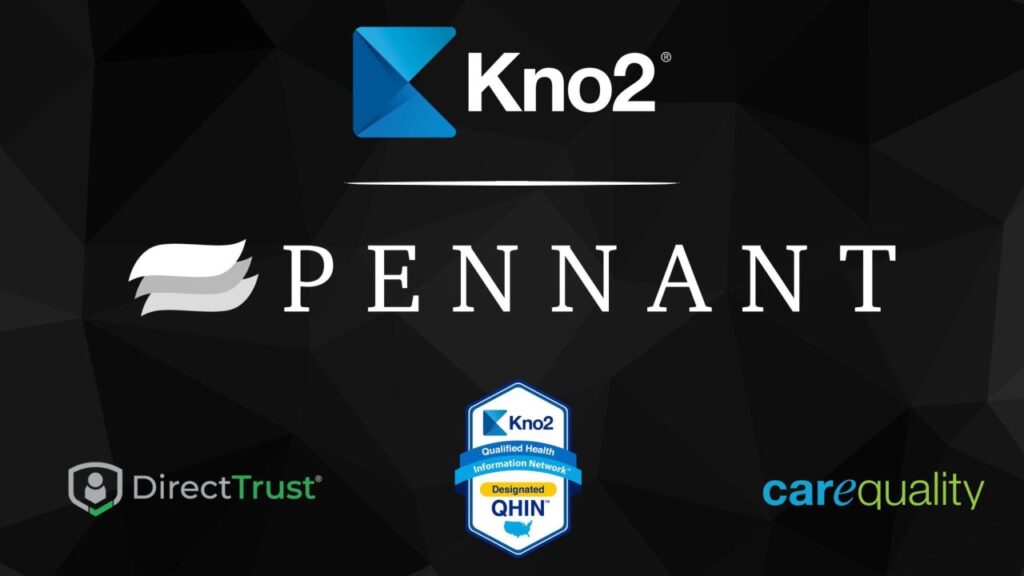The times they are a-changin’. (Possible understatement of the century, huh?) There are many aspects of healthcare that have radically changed in the last decade, from an increasingly aging population (“The Silver Tsunami”), patients emerging as consumers exercising choice and demand unlike ever before, shifts toward home-based care, and, hello, COVID-19…just to name a few factors. But one thing is resoundingly evident in the face of all this change: meaningful connectivity is a necessity. No longer is interoperability a nice to have, a commodity for the “bigger guys;” it is a Must Have. EVERYONE needs to be meaningfully connected.
So, beyond the world of Meaningful Use standards, what does Meaningful Connectivity really mean and how does it happen?
Healthcare Connectivity Is a Verb, Not A Noun
Kno2’s Therasa Bell recently participated in a conversation on the Journey To Value podcast with Dr. Peter Schoch of AdventHealth Physician Network Central Florida to address these very questions. In the episode called “Are You Meaningfully Connected?”, Bell leads off by defining what we all have experienced interoperability to historical mean: expensive, point-to-point interfaces. But providers need more in the new world of healthcare where value is king and it can only be achieved through the broad-based ability to communicate, on demand, across the care continuum. This is true for all providers across the healthcare ecosystem not just the big health systems and hospitals. Because it’s not enough that the data exist somewhere but rather that the data gets into the hands of the providers to aid timely and appropriate clinical decision making that improves outcomes and reduces cost Bell points to this by saying, “…DO something with that data, bring value to that data…that is what interoperability really means.” She suggests turning the term from a noun – or a product to be purchased – to a verb…something we do.
Connectivity is like the electricity running through a power grid, as Bell put it. You’ve got your power generators like EHRs and other clinical repositories, and power lines working to carry that data to many different end points, regardless of form or function of the end point. The generators alone don’t illuminate any light bulbs, or power any appliances. Providers are without the ability to power appliances without electricity. The appliances they choose to hook up to the grid are what provide meaning to them in their particular setting. Electricity exists (data) with a power grid (connectivity) it becomes information and attached to the right appliance for the provider it becomes meaningful (knowledge) that positions providers for success. Because as Dr. Schoch remarked, care gaps are rarely truly gaps in care provided (in that providers did not provide the recommended care)…it’s usually a data gap: the data is available, but the provider has no or limited access to it (knowledge) in clinical setting to inform clinical decisions and report the 360 view of care. This impacts patients’ clinical outcomes and a provider’s financial success. Without the full picture, we’re frankly all in the dark.
Connectivity Is Meaningful When It Meets Patients Where They Are
A key portion of the discussion between Bell, Dr. Schoch, and Dr. Richard Vaughn touched on the value of meaningful connectivity. It’s clear from the discussion that there are far reaching impacts to sharing healthcare information effectively allowing providers to decrease unnecessary testing, improve quality reporting, create a more seamless consumer experience, gain efficiencies from digital transformation and actually improve their P&L through success in value-based contracts and programs.
Each speaker made a point of addressing how patients play a pivotal role in the demand for connectivity and electronic communication for their healthcare. In any other industry, companies have gone out of their way to make connecting to their consumers seamless…and yet healthcare is painfully behind in tech savviness and basic information sharing. After all, haven’t we all been frustrated by the need to repeat our health histories a gazillion different times to every provider we visit? And who can even keep up with all the details faithfully as conditions are more numerous and complex than ever before?! (Don’t even get us started on the missed opportunities with leveraging Caregivers in communication efforts to date.)
Drs Schoch and Vaughn emphasized that healthcare is moving away from transactional care to relational care underscoring the need to be meaningfully connected to know your patient completely enabling better more personalized care…and we’re here for it! Bell remarked that even the definition of providers has changed, moving away from historically thinking of them as “those who prescribe.” Bell says, “‘Provider’ for us is much wider in terms of its definition, starting with one of the original goals of the company which was to connect the overlooked providers in the healthcare ecosystem like [like post-acute care]…into the ‘outer rings’ like food pantries and schools…” If we aren’t gathering information from the outer rings and surfacing that data to those who can act on it, we’re missing key opportunities to intervene and direct utilization, which ultimately means better outcomes and patients who get (and stay) well.
Dr. Schoch piggy-backed on this with his assertion that providers working in Skilled Nursing and Home Health have an opportunity to know patients more fully due to the duration of interaction and by being in their homes and engaged closely with their families and environment.
So How Can Providers get Meaningfully Connect?
We’ve said it before: Healthcare will not survive without better communication. This is not optional or just for “the big guys.” The trio wrapped up the discourse with some pragmatic advice for providers on how to become meaningfully connected. First, do an annual self-assessment, to ask “How connected am I?” Press your EHR vendor to engage in national networks and make sure these features are turned on for your practice/facility/entity. Secondly, it’s worth auditing fax trails (yes, fax) to assess where you are already exchanging information and digitize these connections.
After all, if you don’t turn on the light, you’re just sitting there in the dark.






